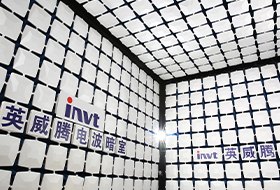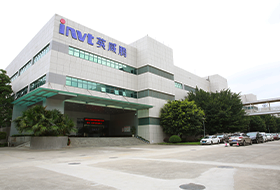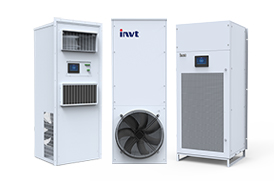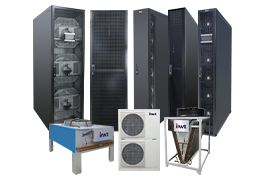How data centers use their power infrastructure for grid operations?
The growth in renewable energy generation makes balancing grid operations more challenging. However, data centers can help by providing grid balancing and other services.
Some great businesses are successful because they know how to make the most of their assets, such as maximizing the jobs they get from their major investments in property, plant, equipment, and of course, employees.
However, in the data center world, some of the most critical infrastructure assets often play a marginal role in day-to-day operations. For example, backup generators and UPS power supplies that are part of a highly redundant architecture may only be fully functional in the event of a power outage or full-blown emergency.
But maybe there are ways to make these major investments profitable for data center operators while helping utilities operate the grid more efficiently and economically.
These devices in the data center can be used to help grid operations. Data centers are no longer passive consumers of grid power, but key power service providers, helping utility companies solve grid balancing and other challenges. In recent years, these challenges become even more acute with the shift to renewable energy.
These services include so-called peak shaving, frequency and voltage regulation, virtual inertia, and fast frequency reserve (FFR) services.
There are many ways a data center can participate in generating electricity to support its own operations or share power with a utility company.
For example, data center facilities have an array of energy storage assets, such as UPS batteries or batteries, and they may also have other ways to generate electricity, such as microgrids incorporating solar or wind power. Most data centers will also have diesel backup or gas generators. They can serve as both a data center backup power source and a fast frequency response mechanism without affecting their primary purpose for data centers. In effect, data center operators can set the parameters for UPS power supplies to power grid services, ensuring that they always retain enough spare capacity to handle almost any emergency that may arise.
Therefore, data centers can participate in generating electricity in a variety of ways to support their own operations or share power with utility companies to help manage the ups and downs of grid demand. Not only do utilities have to deal with the minute-to-minute vagaries of consumer demand, but it's also harder to predict supply disruptions from the rollout of renewables, especially wind and solar. So much so that the cost of balancing the grid has skyrocketed.
So, providing grid balancing and other power services not only allows data center operators to put their investments into increasingly profitable endeavors but also helps control those costs. Additionally, while a diesel backup generator may start up and provide backup power in no more than a minute, UPS power supplies are typically designed to keep running for 5 minutes or more. However, data center operators will need to make some investments in the next round of upgrades to be ready to power the grid.

 networkpowersales@invt.com.cn
networkpowersales@invt.com.cn



























